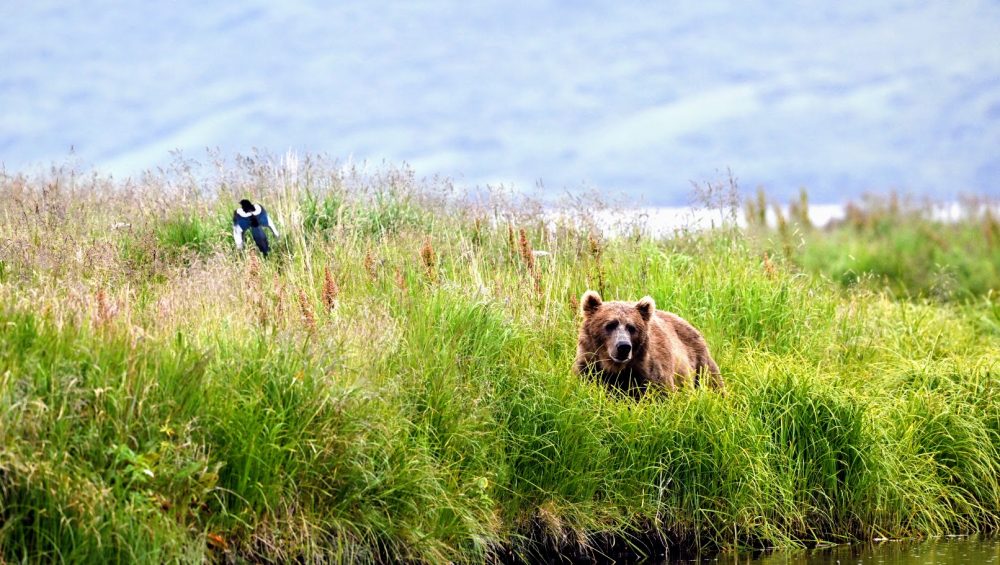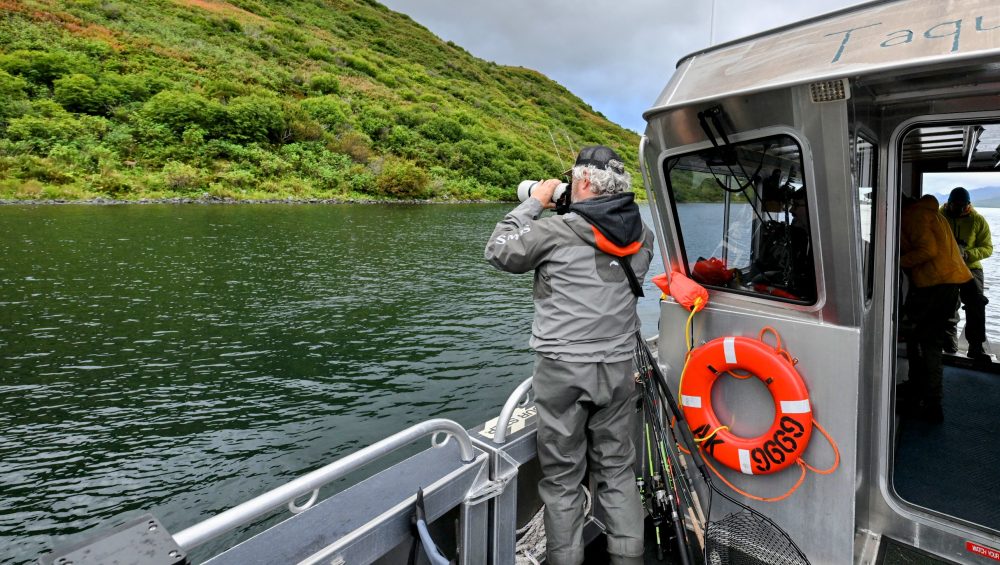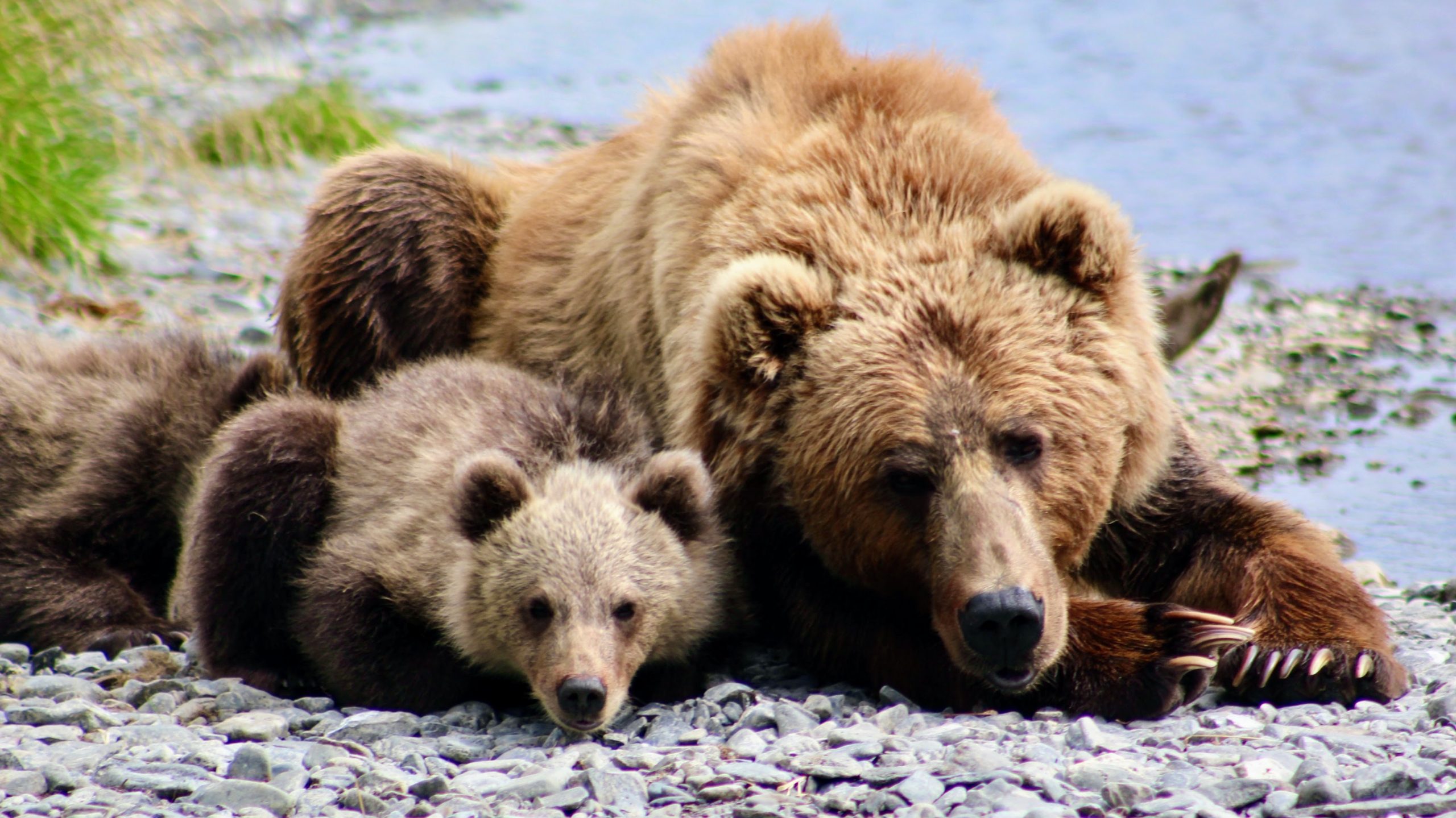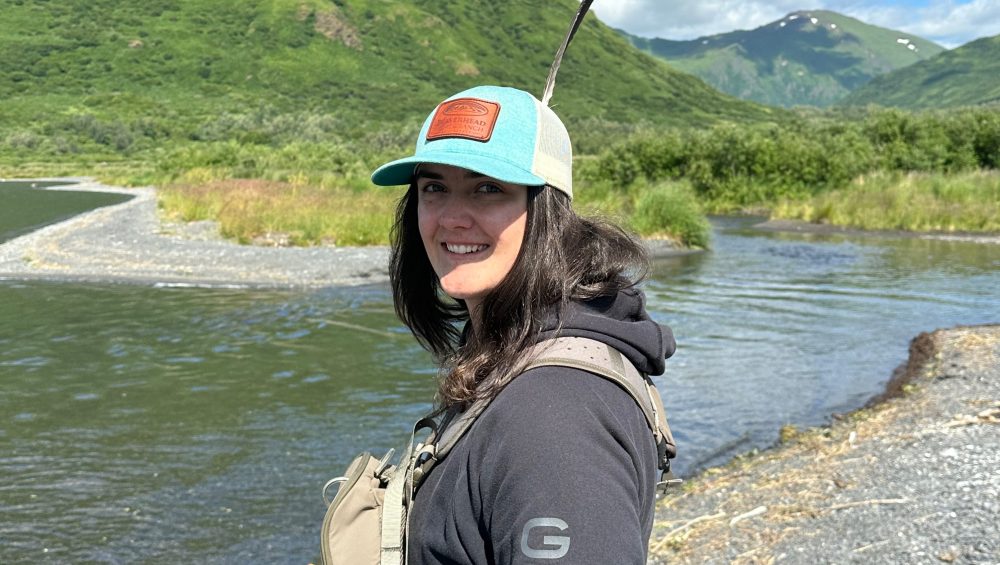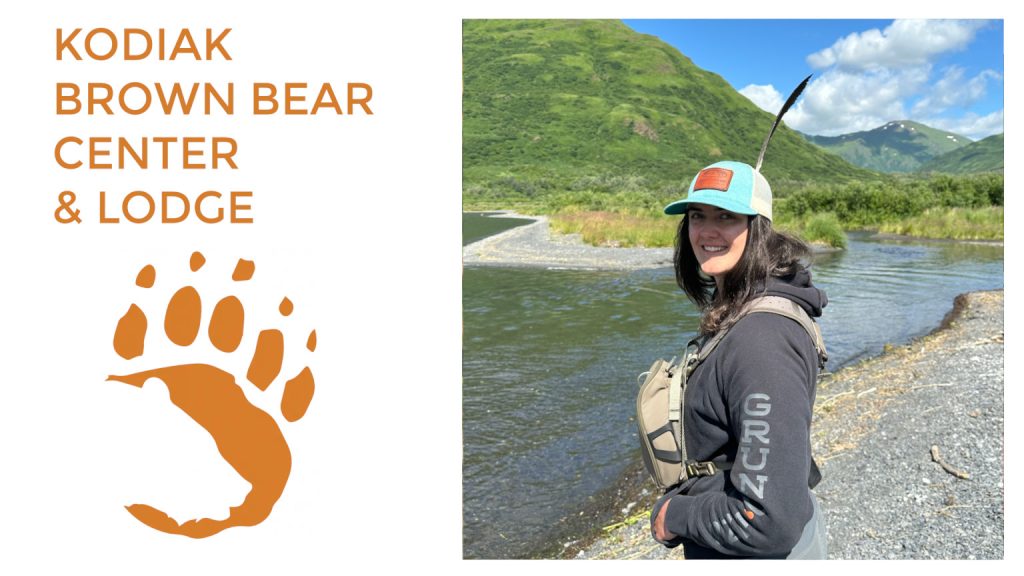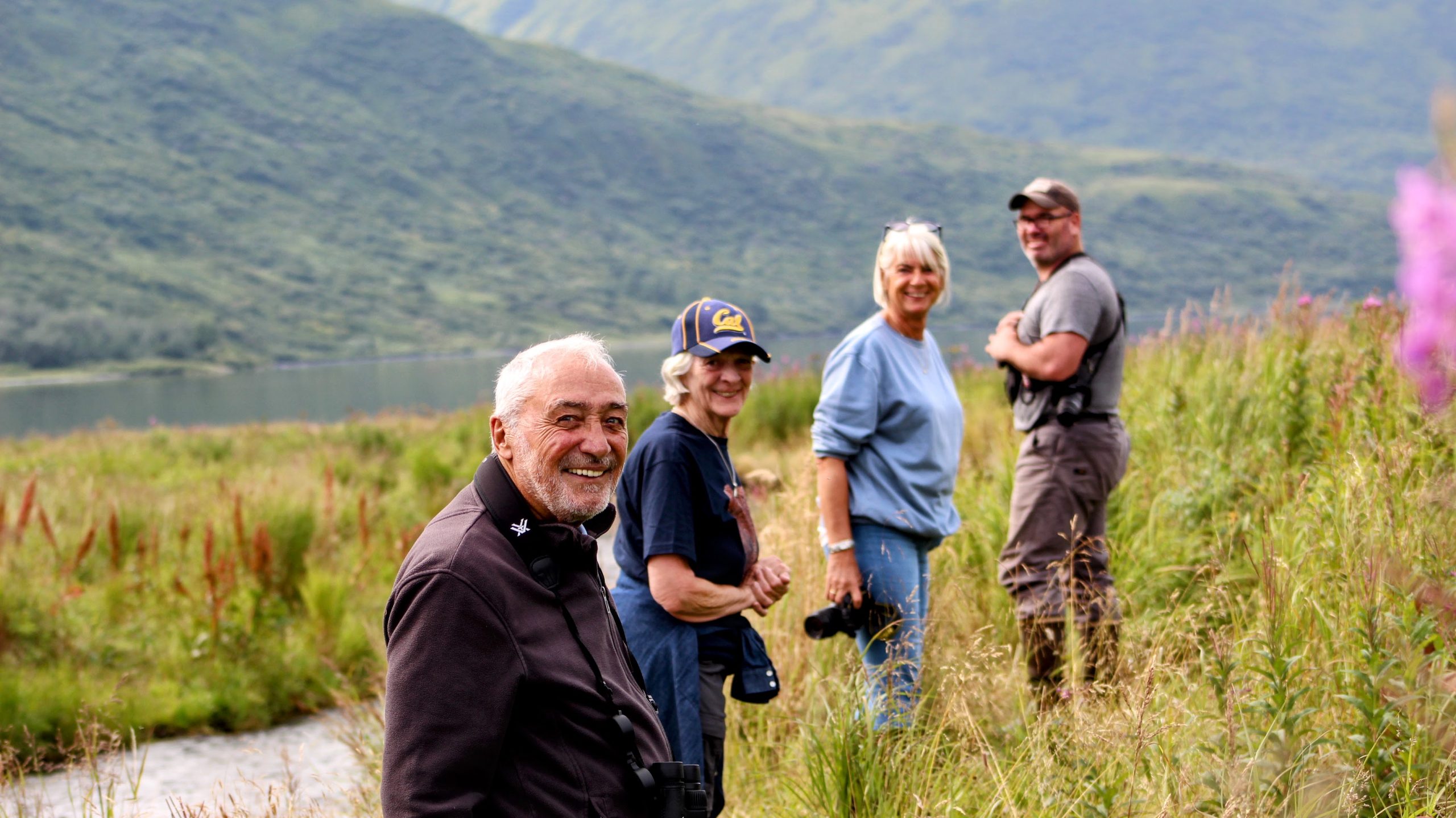
Here at the Kodiak Bear Center, we get a lot of questions about our furry, ten-foot-tall neighbors.
One of the most common is: do Kodiak bears hibernate? The answer is a bit of a “yes, but…” and it’s one of the things that makes these bears so fascinating!
Most of our Kodiak brown bears do indeed take a long winter’s nap. Around late October, you’ll find them starting to retreat to their dens, which they’ve dug into the sides of hills or mountains. First to turn in are the pregnant females, who need a safe, quiet place to give birth to their cubs in the heart of winter. The males are the last to call it a season, and the first to emerge in the spring, usually around April.
Plot Twist
But here’s the twist: not all Kodiak bears hibernate! Due to the surprisingly temperate climate of the Kodiak Archipelago, and the late salmon runs, some bears—mostly tough old males—will stay active all winter.
Imagine a bear with a bad case of FOMO (Fear Of Missing Out on snacks)! These “ice bears,” as they’re sometimes called, are a testament to the Kodiak bear’s adaptability.

How is this different from other bears?
Well, while black bears are committed hibernators, and grizzly bears (the Kodiak’s smaller mainland cousins) also den up for the winter, our Kodiak bears play by their own rules.
Polar bears, on the other hand, have a different strategy altogether. Only pregnant polar bears will den. The rest are out and about, toughing out the harsh Arctic winter.
From Encounter to Familiarity
The unique winter habits of the Kodiak bear make them a truly special part of the Alaskan wilderness. It’s a reminder that nature is always full of surprises.
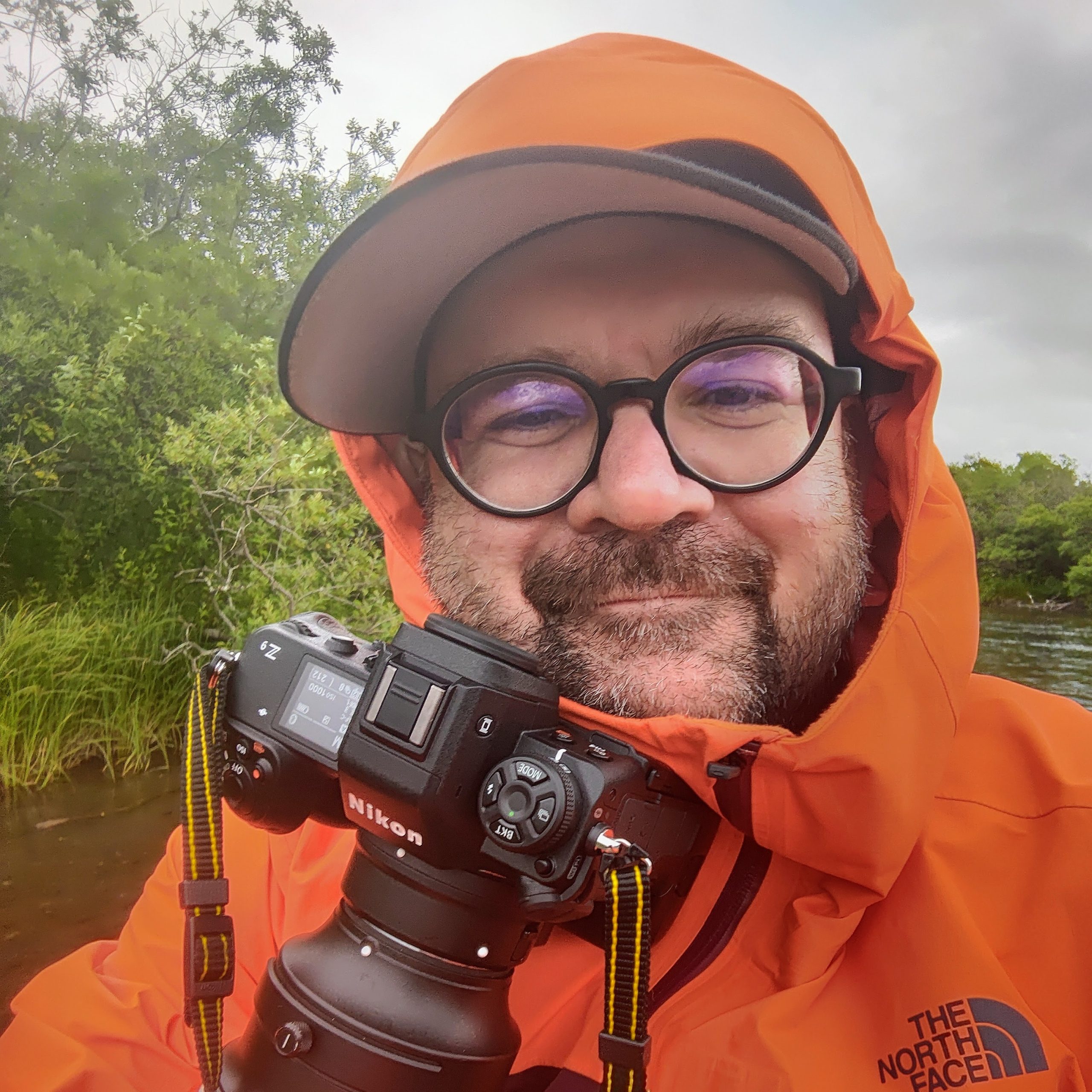
Content Author & Alaska Photographer
I run photography workshops at KBBC and craft standout content for blogs and websites across Alaska and beyond. Alaska has a rhythm like nowhere else—its wild spaces, deep solitude, and endless light draw me back again and again, especially to Kodiak Island.

